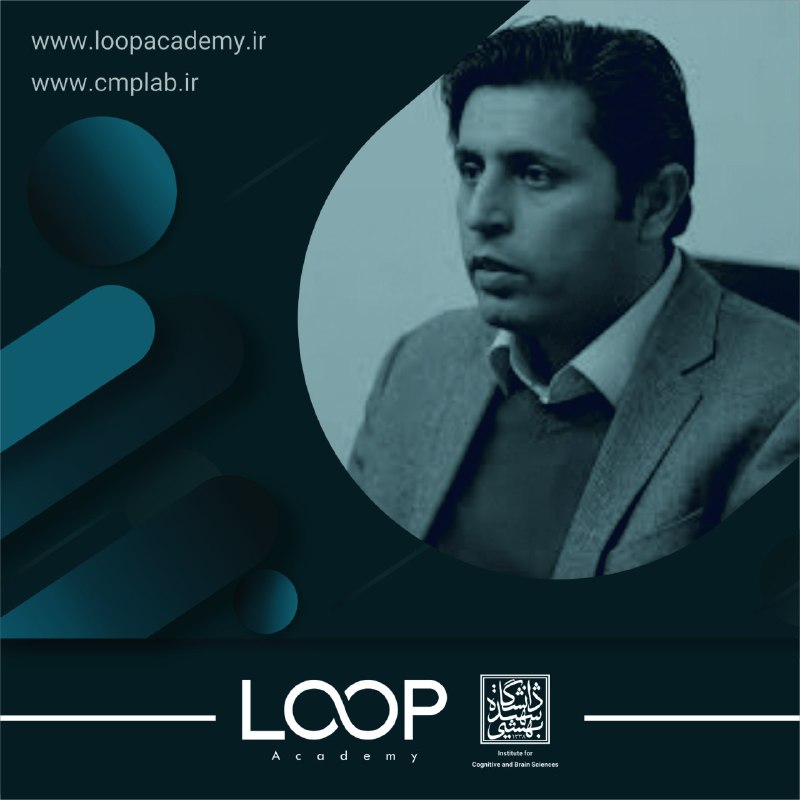tgoop.com/loopacademy/180
Last Update:
🎯 Deep Learning and Neural Networks Symposium and Workshop
👨🏻🎓 Speaker introduction:
Prof. Reza Ebrahimpour,
Shahid Rajaee University
Title: Speed accuracy tradeoff explains the neural mechanism of social decision making
Abstract: Confidence could play a vital role in group decision making. Member’s confidence has major impact on the final decision of the group. the neural mechanism of confidence formation and decision making in the isolated situation has been studied extensively in past decades. Computational models were able to successfully explain how confidence forms and how this variable is related to the other behavioral statistics such as accuracy and reaction time. Yet, these questions are still remained to be unanswered in social decision making. Using a multidisciplinary approach, we studied the speed-accuracy tradeoff regime in social decision making to address this gap. Subjects required to decide about motion direction of random dotes while they were paired with computer generated partners. Although, in social decision making, subjects showed increase in confidence and decrease in reaction time, their accuracy remained unchanged. This phenomenon is hardly explainable by computational models in the isolated decision making. Using a modified neural attractor network, we found that confidence of partner could act as a top-down current derived from Prefrontal cortex and toward the decision making area of the brain (Centro-Parietal). The model could not only explain the speed-accuracy tradeoff but could also explain the variation of confidence observed behavioral data. EEG and Eye data also support our computational model where both data suggest that confidence coding would be altered in social situations in a way that our model predict. The finding of this study could enhance our understating regarding confidence formation in the social decision making context.
⭕️ Check our website for more information
⚙️ Organizers: Institute for Cognitive and Brain Sciences, Shahid Beheshti University and Loop Academy
📢 @LoopAcademy
📢 @CMPLab
🌐 www.loopacademy.ir
🌐 www.cmplab.ir
BY Loop Academy | آکادمیِ لوپ

Share with your friend now:
tgoop.com/loopacademy/180
